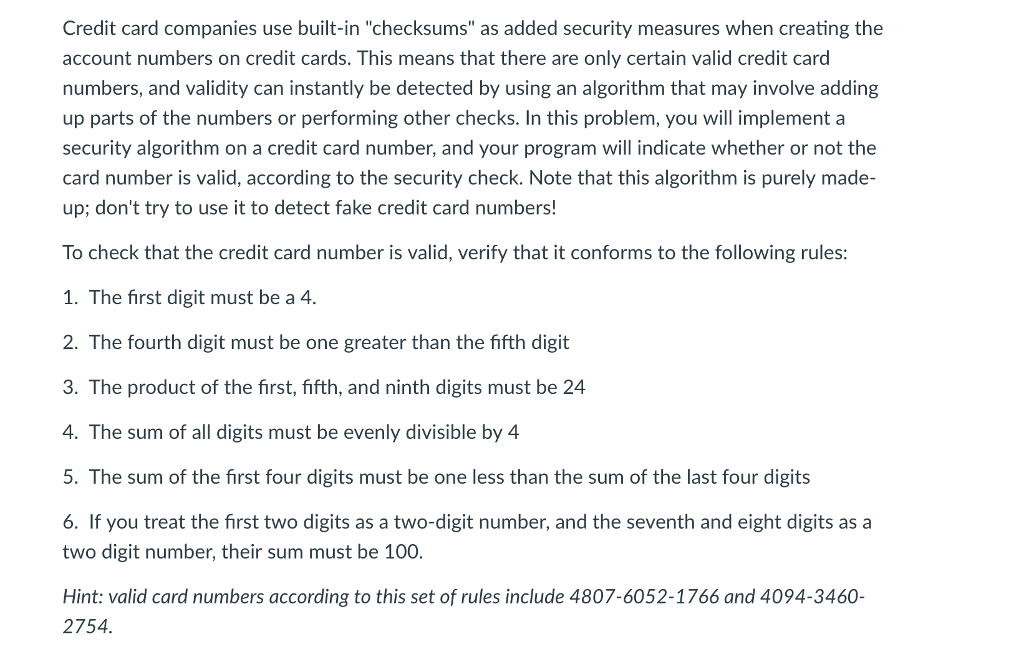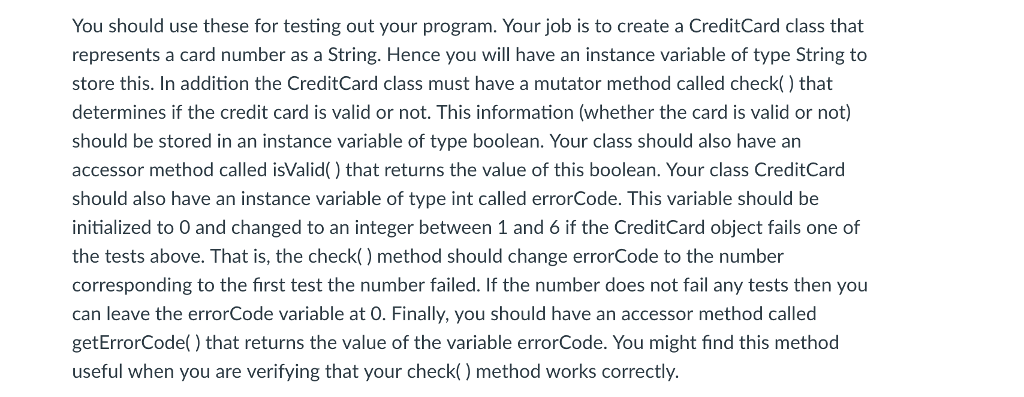
Page Description: Type a description for the form. Select Display to display the Page Description on this Payment Page form.Select Display to display the Page Tile on this Payment Page form. Page Title: Type a title for the Payment Page form.In the Page Configuration area, enter the following information.You can override this default gateway in your request by specifying a gateway through the paymentGateway client parameter. Note that Zuora does not validate this setting. The gateway must be configured in your Zuora environment. Default Payment Gateway: Click and select a payment gateway to use as the default gateway for processing transactions.In the Payment Gateway area, enter the following information:.See 3D Secure for more information.Įnable 3D Secure 2.0: Select this option if you want to enable 3D Secure 2.0. This option is only available if you have contacted Zuora Global Support to enable it on your tenant. Token Expiration: Configure the Limit the number of submissions before blocking submission setting by entering a threshold for the number of Payment Page submissions before Zuora blocks all subsequent requests.Įnable 3D Secure: Select this option if you want to enable 3D Secure 1.0. If this setting is not selected, your Payment Page implemented through Direct POST could experience unhandled errors. Submit hosted page requests via DirectPOST: Select this field to utilize the current page for Direct POST submissions and prevent CAPTCHA challenges from interacting with your Direct POST requests. Google reCAPTCHA Enterprise - AI Assessment: Select this option to enable the AI Assessment mode of reCAPTCHA Enterprise service, and configure the page-level Risk Score Threshold setting for this Payment Page.ĭisable reCAPTCHA: Select this option to disable the CAPTCHA service on your Payment Page.Google reCAPTCHA Enterprise - Interactive Test: Select this option to enable the Interactive Test mode of reCAPTCHA Enterprise service, and configure the page-level Risk Score Threshold setting for this Payment Page. After reCAPTCHA Enterprise is enabled, you can no longer switch back to reCAPTCHA v2 Classic. However, it is strongly recommended to switch to reCAPTCHA Enterprise for an improved bot detection experience, and to avoid failures due to exceeding the reCAPTCHA quota. Google reCAPTCHA V2 Classic: If you have enabled reCAPTCHA v2 Classic before, this option is selected and you can continue using the v2 service and configuring the Limit the number of submissions before CAPTCHA Challenge setting. For detailed information about each option, see Advanced Security Measures for Payment Pages 2.0. In the Security Information area, configure the following information.The Callback Path setting is ignored when you implement the basic setup, i.e., using the overlay form or the inline form with the submit button inside.

The Callback Path is only required if you are using the advanced implementation option, using the inline style form with an external submit button.

php. However, the callback path must begin with a forward slash character ( / ). You are not required to include a file extension, for example. Specify a value in the format: /app/callback_file.jsp.
Credit card checksum full#
Zuora appends this to the Hosted Domain entry to create the full URL to which the callback is sent. Callback Path: Type the path on which the callback page file resides.Note that the Overlay Hosted Page mode does not support the Hosted Domain validation. See Configure Payment Pages 2.0 for details. To allow your hosted payment pages and callback pages to reside in the subdomain of the hosted domain, enable the Allow Subdomain Callback for Hosted Pages setting. You will see an error message displayed on HPM iframe if the validation fails.

This is also the domain where your callback page resides.

Configure Credit Card Type Payment Pages 2.0īefore any integration work can begin, the Payment Page must be set up in Zuora.


 0 kommentar(er)
0 kommentar(er)
